
Where have the landscapes of literature gone?
 7 min
7 min
Where have the landscapes of literature gone?
On the train to my hometown, Szeged, I was struck by how much I love getting lost in the view. What better way to put order in my thoughts and review the tasks at hand than by gazing at the hills, the plains, the deer, sheep and horses grazing in the fields.
What a load of kitsch. But I have to admit that this is how landscapes have always worked for me, mirroring my own mood or a piece of myself back to me. Maybe that's why I get so quiet when I travel. It’s a rare opportunity to look inward.
Cities carry within them countless narratives: the sharp, unnatural angles and architectural styles demand concentration, interpretation. All this is undoubtedly captivating, especially if you’re a fan of architecture, like me. But my point is that the built environment tends to encourage a particular state of mind for the wanderers, roamers and rovers among us: one in which we focus on others, rather than ourselves, constantly reminded of other people’s tastes and circumstances.
The city is constantly providing codes for us to decipher, while nature, in its simplicity, offers us our own raw emotions on a platter.
Landscapes, however, are far from being objective or simple. As the geographer Denis Cosgrove argues, the external world can only ever be experienced through a consciousness that bestows it with emotional valence. Landscapes are therefore always both objective, physical spaces as well as subjective interpretations of that space. Without human perception, there is no landscape and our perception of it remains partial, filtered through our own awareness. This is why mental maps of physical itineraries are so often skewed; try drawing your daily commute, for instance, and you’ll likely find significant departures from reality.
But what’s all this got to do with literature? Few readers will claim that their favorite part of The Lord of the Rings was the landscape descriptions. Even I wouldn’t go that far, even though I’ve just professed my love of landscapes. And this even though I use landscape descriptions in my own novel, Égig érő csalán (Sky-High Stinging Nettle).
At its best, landscape writing can be a work of literary genius, going far beyond the overwrought character sketch. We’ve always projected something onto nature, whether desires, goals or ideologies and it feels apt to dedicate an essay to the subject, even though this series is called “Object Dilemmas”: landscapes remain vehicles for our thoughts, and ultimately our politicized, objectified environment.
Take the goddess Ishtar, in whose song landscape symbolizes the female body and the erotic: “Who will plough my wet earth? Who will plow the lips of this young woman’s vulva?” Virgil also makes good use of landscapes in his pastoral poetry: the hills, grazing livestock and weather aren’t merely idyllic. They also serve the propagandist purpose of promoting the Roman Empire’s expansion and the cult of its emperor, Ceasar Augustus. Not to mention the Romantics, whose poetry and lyrical writing placed landscapes in the forefront, using them to convey their ardent love of the homeland.
But why dwell on this now? I’ve been missing landscapes from my reading lately. I’ve been missing a good description of a sunset, a meadow, a hill. Not just that. Beyond the description, their plasticity, their possibility for kitsch, their imagined reality. And even beyond that: their potential for meaning.
This desire of mine seems in line with the needs of contemporary men and women—and why shouldn’t it, since I’m one of them: to breathe unpolluted air, to wander through unspoiled landscapes and escape the urban, built environment. Even people who grew up in cities are increasingly choosing to move out to the suburbs or nearby countryside, and it’s no surprise that parks and outdoor recreation areas, trees and wildlife corridors all count as essential to good urban planning today.
We are hemmed in by artificial environments, and though our homes have never been so comfortable, our instincts keep drawing us back to the wild.
Landscapes are undergoing radical change, blighted by floods, eroded by drought, threatened by construction. Entire regions are becoming uninhabitable and whole populations are choosing to migrate. According to predictions, even Szeged will have been rendered uninhabitable by global warming within a few decades. Those views that seemed to shimmer with meaning on the train will eventually give way to emptiness and decay.
Meanwhile, contemporary landscape writing seems to have died out, or at least, is far from its heyday. This is understandable: we hardly ever see a landscape, let alone the pristine kind. And if we did, it’s likely we’d be distracted by other things, like our hectic work life or the demands of consumerism. We are under constant pressure to be active, while views demand passive reception.
In my opinion, there is a whole new potential to literary landscapes today. I’m thinking specifically of eco-criticism, which focuses on the relationship between humans and nature and their mutual effects. Speaking broadly, eco-criticism encourages us to look at the world around us and critically apprehend the way society treats nature. It raises a number questions: How are environmental disasters and crises represented in literature? What can we learn from the way certain texts gender the experience of nature? What importance do we grant the environment in our hierarchical understanding of the world? What are the ways we oppress nature? What parallels can be drawn between the oppression of various groups, namely women, minorities, or immigrants, and the way we treat the land?
Examining these questions may even lead to concepts like ecofeminism or ecopoetics. Which brings us to the undeniable fact that landscape descriptions are not some trite, boring, syrupy device. Contemporary writers should take note, not necessarily to project nationalist values or religious ideology (this time), but rather to explore a more pressing issue: namely, our problematic relationship to nature.
Translated by Anna Polonyi









 English
English
 Français
Français
 Deutsch
Deutsch
 Italiano
Italiano
 Español
Español

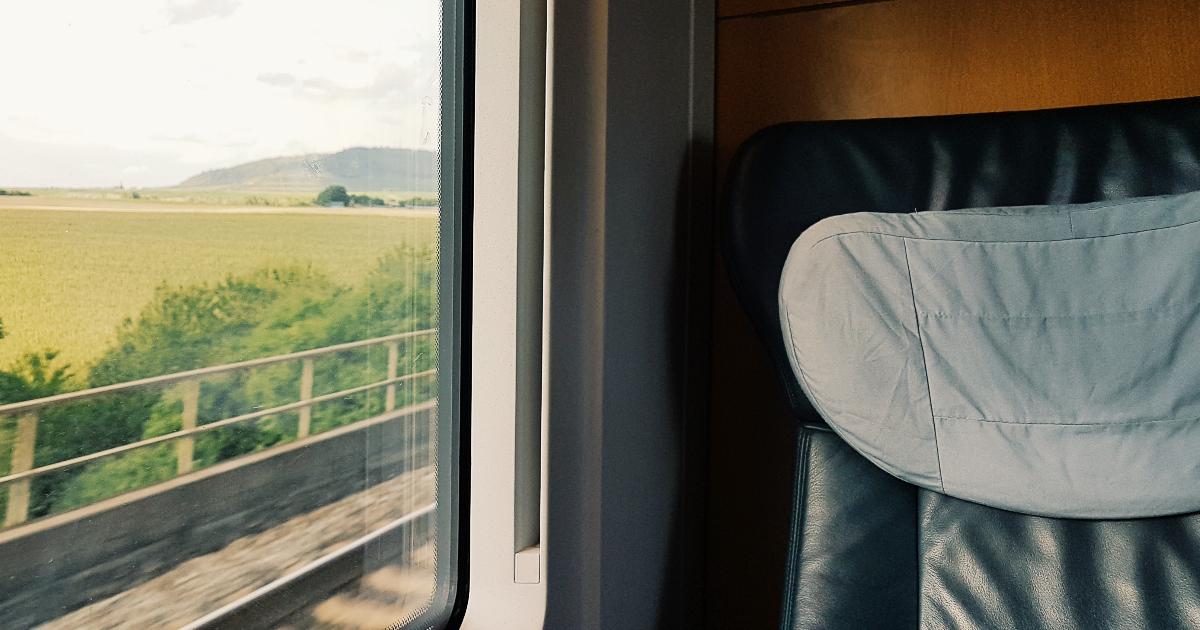

 Contribuisci
Contribuisci


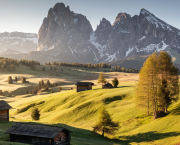




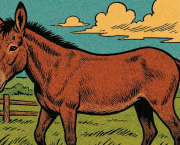

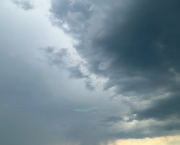
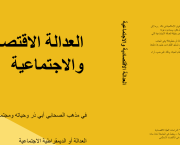

 Puoi sostenere i tuoi scrittori preferiti
Puoi sostenere i tuoi scrittori preferiti





